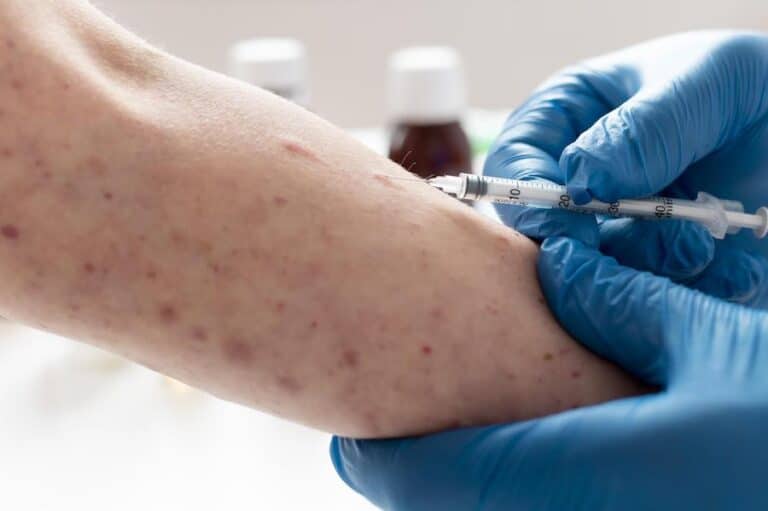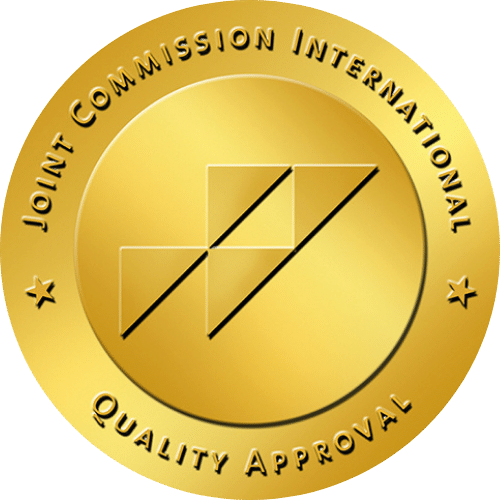The Eradication of Smallpox: A Milestone in Vaccine History
The history of medicine is marked by numerous milestones, but few are as significant as the eradication of smallpox. This disease, which was once a major cause of death worldwide, was completely eliminated thanks to a global vaccination effort. In this article, we will explore how vaccines achieved this medical miracle, the challenges faced, and the legacy left by the fight against smallpox.

What is Smallpox?
Smallpox is an infectious disease caused by the variola virus. This pathology was characterized by the appearance of pustules on the skin, high fever, and, in many cases, severe complications leading to death. Throughout history, smallpox caused millions of deaths and left many survivors with permanent scars and, in some cases, blindness.
The Discovery of the Vaccine
The first major breakthrough in the fight against smallpox came from the English physician Edward Jenner in 1796. Jenner observed that milkmaids who had contracted cowpox, a similar but less severe disease, did not get smallpox. Based on this observation, Jenner developed the first vaccine, using material from cowpox lesions to inoculate people against smallpox.
This discovery was revolutionary and laid the foundation for modern immunology. The practice of vaccination spread quickly and, despite initial resistance in some communities, proved to be extremely effective in preventing smallpox.
The Global Eradication Campaign
The global campaign to eradicate smallpox began in earnest in the late 1950s. Led by the World Health Organization (WHO), the initiative faced numerous challenges, including logistical difficulties, political obstacles, and the need to convince local populations to participate in vaccination programs. However, the persistence and dedication of healthcare workers around the world made progress possible.
A crucial strategy in the eradication effort was “ring vaccination.” This approach involved identifying and isolating cases of smallpox and then vaccinating all people in the surrounding area to prevent the spread of the virus. This method proved highly effective in containing outbreaks.
The Last Case and Official Eradication
The last known natural case of smallpox occurred in Somalia in 1977. Following this, an intensive surveillance and containment effort ensured that any remaining cases were promptly addressed. In 1980, the WHO officially declared smallpox eradicated, making it the first disease to be eliminated through human intervention.
The Legacy of Smallpox Eradication
The eradication of smallpox has had a profound impact on global health. It demonstrated the power of vaccines and international cooperation in combating infectious diseases. The success of the smallpox eradication campaign also provided valuable lessons for future public health initiatives, including the ongoing fight against diseases like polio and measles.
Furthermore, the eradication of smallpox freed up significant resources that could be redirected towards other health priorities. It also highlighted the importance of maintaining high vaccination coverage to prevent the re-emergence of eradicated or controlled diseases.
Conclusion
The eradication of smallpox stands as a testament to what can be achieved through scientific innovation, global collaboration, and persistent public health efforts. It remains a powerful reminder of the importance of vaccines in protecting human health and the potential for future victories against other infectious diseases. As we continue to face new health challenges, the legacy of smallpox eradication inspires hope and determination in the ongoing pursuit of a healthier world.

